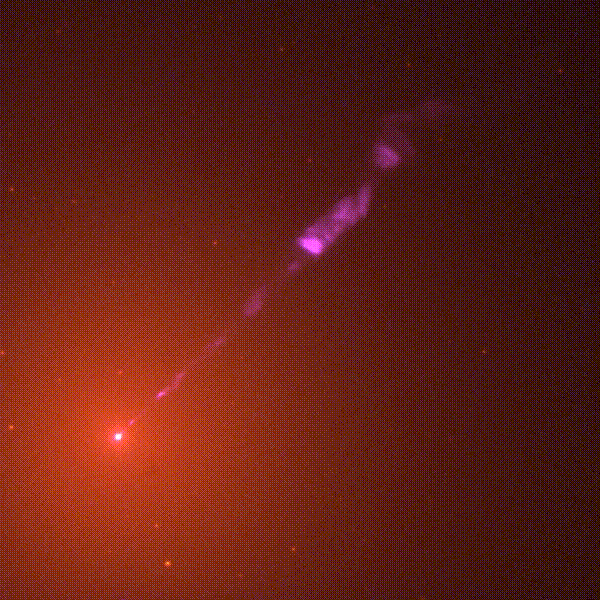
The first hint of the important role that ejection of matter can take from active nuclei came, in retrospect, in the discovery of the jet (described at the time as a "curious straight ray") on photographs taken with Lick Observatory's 0.9-m Crossley reflector in 1918. Its importance became clear only with the identification of M87 with the radio source Virgo A, and the recognition that many radio galaxies and quasars show jets with similar radio properties. However, none has emission in visible light remotely as bright as that from M87, and none can be easily studied in such exquisite detail. These structures are shown well in this composite HST image - the sudden broadening of the jet at its brightest knot, bright arcs resembling shock waves, and intricate helical patterns near the nucleus. Detailed comparison of these images with radio observations should fill out our picture of where the jet particles get their energy and how fast they are moving outwards, two of the most important unknowns in studying the flow of mass and energy from active nuclei.
This image was provided by John Biretta. It is a color composite from stacked HST WFPC2 images in the near-UV and near-IR (at about 2900 and 8000 Angstroms), so the color mix isn't quite what a purely visual filter selection would produce. However, the color difference between the old stars dominating the galaxy and the bluer light of the jet (tending to violet in this rendition) is clear. The small objects scattered around the field of view are are a few of the thousands of globular star clusters in M87 itself.